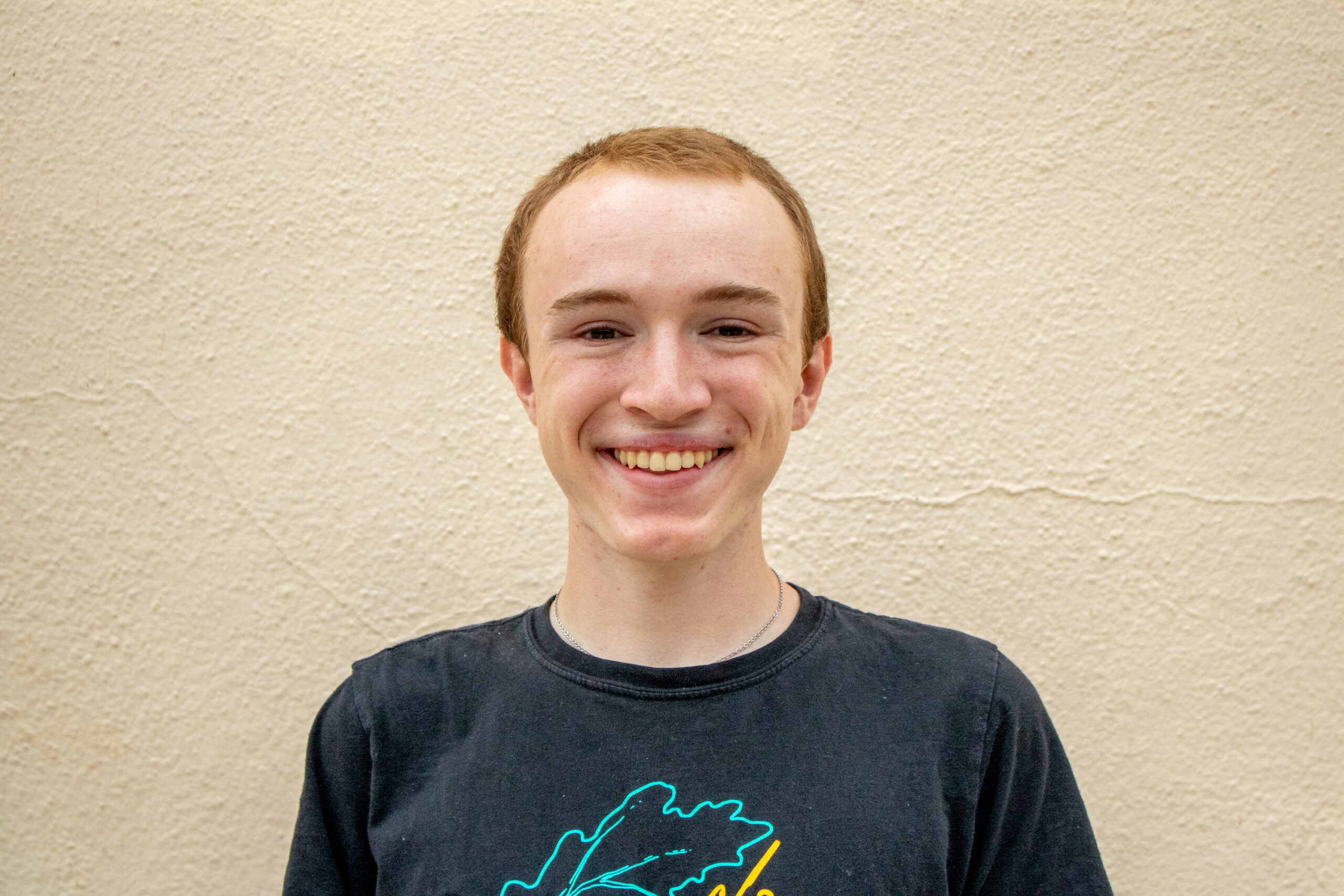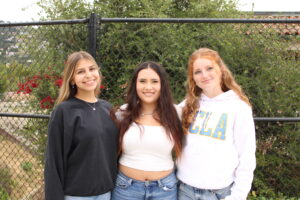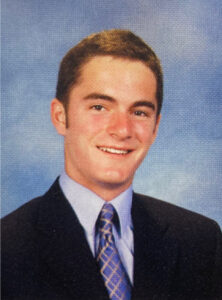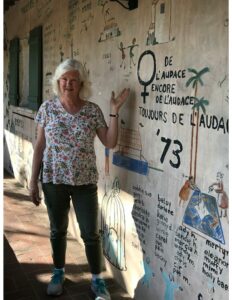Lena Szerwo was sitting in a restaurant on New Year’s Day when her test results arrived. For Szerwo, 2022 started with a hurried car ride home to isolate in her room. She had felt a minor sore throat coming on for a few days but assumed that she had just gotten a cold from her dad who had already tested negative for COVID-19. As Szerwo and her twin sister were getting ready to go back to school after winter break, they heeded the School District’s recommendation that all students take two COVID-19 tests before returning to classrooms. To be extra safe, Szerwo and her family went to get PCR tested for more reliable results. A positive sample led to a day isolating alone before Szerwo’s twin sister also tested positive. They would self-quarantine together in their room for the next two weeks.
Szerwo says the physical effects of the disease on her sister and her—a sore throat, coughing, congestion, and fatigue—were nothing compared to the mental exhaustion associated with the fear that she may have exposed others to the virus. She says her family takes a lot of precautions when it comes to COVID-19: “I wear my mask. I’m vaccinated, social distance [and] have a small social group.” However, she thinks she probably got the virus at work. Just as students had to stay in school during the Omicron surge, it was not really an option to stop working. Szerwo says she is saving to pay for AP tests and college applications. While the sisters stayed in their room, their mom brought them food which they wore masks to retrieve. Still, Szerwo worried that she may have spread the disease to her mom before she tested positive.
Szerwo, a junior, also had to deal with the stress of missing the last two weeks of the term before the semester ended, including finals week. She says that one of her first priorities once she quarantined was emailing her teachers to make up any content and assignments she would miss. She requested PDFs of handouts and links to slideshows and even asked if she could Zoom-call into class or FaceTime friends to hear lectures. She says that different teachers were very different levels of accomodating. Some responded right away to assure her that they understood her situation. Some took days to finally email her back, adding to her stress: “I realize teachers do have a lot on their plates right now, but, at least to me, it felt unprofessional to not respond to your student when they were notified that I had an illness.”
In the end, Szerwo does not think any of her grades suffered because of her absences, but she does feel like the school should be better prepared for so many students to be out of the classroom with the unpredictability of the virus. While she thinks that it is very beneficial for some students that school remains open for in-person learning, she supports better remote-learning options for students who are not comfortable in classrooms right now or have to quarantine like she did. She considers herself very lucky to have had the ability to isolate at home away from her mom for such an extended period of time.
While Szerwo was recovering, playing guitar and keeping up with work mostly gave way to a lot of TV watching. The twins’ initial excitement at not having to isolate alone also became mild cabin-fever and annoyance with each other. Although the CDC’s guidance says people with COVID-19 only need to self-quarantine for five days, Szerwo continued to test positive for almost two weeks. The Wednesday before the term ended, her sister tested negative and was able to return to school. Lena was able to return on the minimum day to “say goodbye to [her] teachers and thank them.” With all new classes, she got a fresh start that Monday and quickly readjusted to the routine of school.
Throughout the sisters’ quarantine, their mom never tested positive. Szerwo had planned on receiving a booster shot of the vaccine at the start of January, but she now has to go through a waiting period because she contracted COVID-19. While Szerwo recognizes that there was little that she could have done to avoid infection, she still felt some “guilt” and “embarrassment” when she returned to school. She was open about her experience, but she describes some people’s attitude as very judgmental: “Oh, look at that person. They weren’t doing what they were supposed to.”
Now that she is back in school, she is more aware of the inconsistencies in the safety precautions taken on campus. While some teachers require students to leave the classroom just to take a sip of water, others barely enforce masking in their classrooms. After the frustration and uncertainty of her infection, Szerwo has a clear message for people who are not taking safety seriously right now: “[Your] actions are deliberately causing others to get sick. Why would you want that?” She says that “Wearing a mask is a simple enough action that everyone can do to keep others safe.”






Be First to Comment